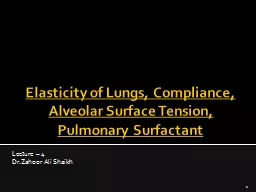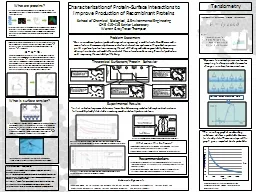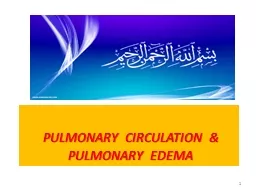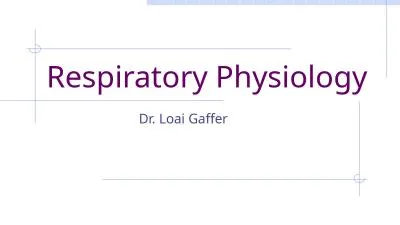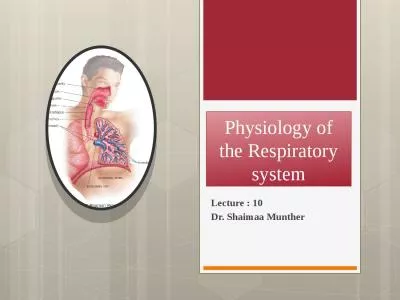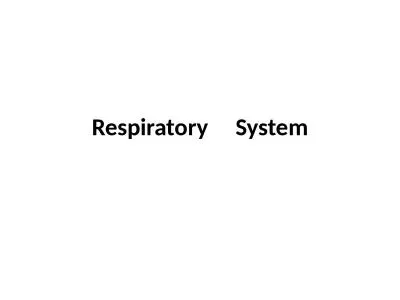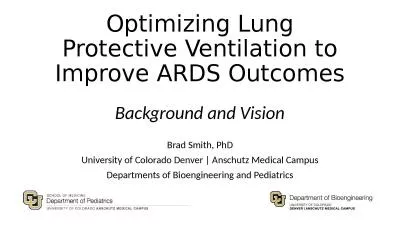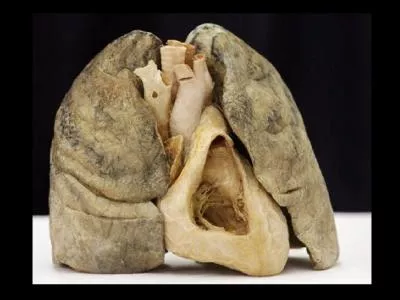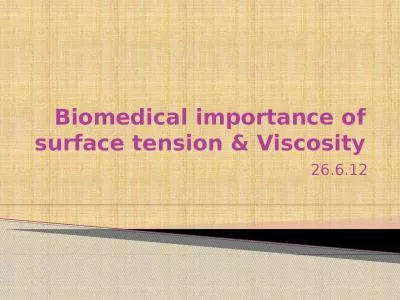PPT-Elasticity of Lungs, Compliance, Alveolar Surface Tension, Pulmonary Surfactant
Author : oconnor | Published Date : 2022-02-12
Lecture 4 DrZahoor Ali Shaikh 1 Elastic Behavior Of The Lungs Elastic Behavior of the lungs is due to elastic connective tissue and alveolar surface tension During
Presentation Embed Code
Download Presentation
Download Presentation The PPT/PDF document "Elasticity of Lungs, Compliance, Alveola..." is the property of its rightful owner. Permission is granted to download and print the materials on this website for personal, non-commercial use only, and to display it on your personal computer provided you do not modify the materials and that you retain all copyright notices contained in the materials. By downloading content from our website, you accept the terms of this agreement.
Elasticity of Lungs, Compliance, Alveolar Surface Tension, Pulmonary Surfactant: Transcript
Download Rules Of Document
"Elasticity of Lungs, Compliance, Alveolar Surface Tension, Pulmonary Surfactant"The content belongs to its owner. You may download and print it for personal use, without modification, and keep all copyright notices. By downloading, you agree to these terms.
Related Documents

